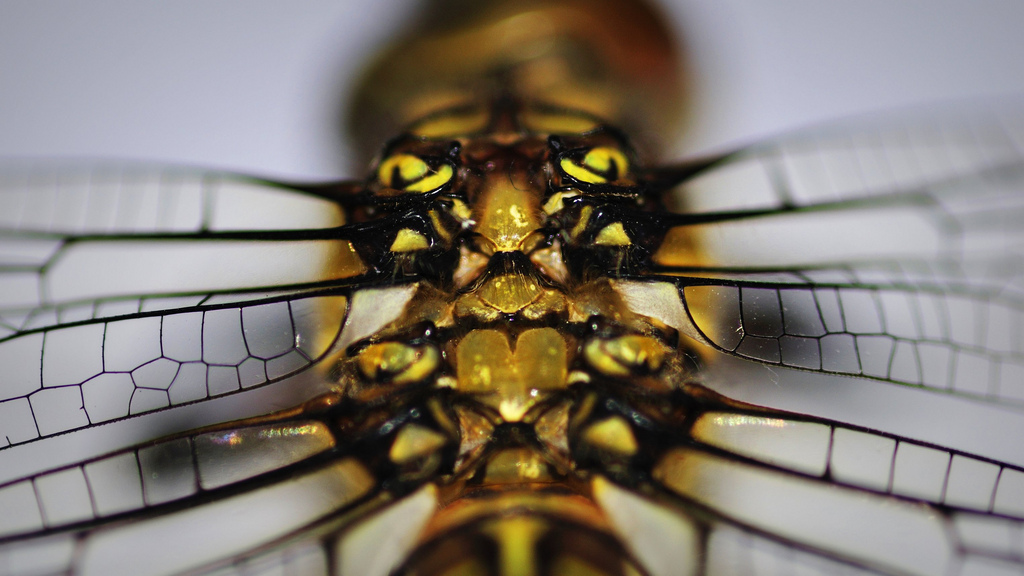Unless you’re already an expert in entomology and mechanical engineering, this high speed footage will forever change how you view dragonflies. As a primer, lets first take a look at the dragonfly in action:
Dragonflies are unmatched in the insect kingdom for precision flight control and efficiency thanks to their two pairs of wings. Managing the flexibility and complexity of the wing system takes some effective engineering. Destin from Smarter Everyday was able to capture some awesome footage of the muscle system on a dragonfly while he was in Peru. He then goes on to explain how the muscle linkage system gives the dragonfly direct control of each wing in both directions. He also shows some flow footage to prove that flapping the two pairs of wings out of phase by 25% nets a 20% flight efficiency for the dragonfly. The Mechanical Engineering doesn’t stop there as Destin examines the heavy spots built into each wing to control its natural frequency of vibration.
Sources: Ryan Lee Photography on Flickr and ultraslo and Smarter Everyday on YouTube

